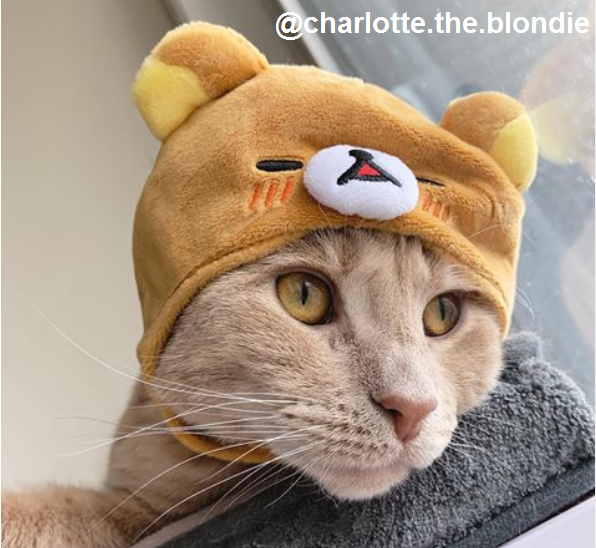The spookiest night of the year is upon us. We are all busy decorating, preparing costumes and carving pumpkins. A classic and irreplaceable symbol of Halloween is, of course, a black cat. Black cats and Halloween have been associated together for many years now.
This is, of course, thanks to spooky myths and misconceptions about these wonderful pets from the old times. However, as fitting as it would be, we won't talk about these dark days today. Instead, we will remind everyone why black cats should be cherished, celebrated and never be feared!
Happy Halloween dear cat guardians!
To honor the occasion, all the featured kitties in this blog are some of the best-dressed Basepaws cats from this and last year's Halloween.
1. Black cats are actually symbols of luck and wealth in many cultures
While rumors that black kitties are Devil's little minions get around fast it is less known that some Ancient cultures actually adored them. In Celtic mythology, the black cat embodied a fairy known as the Cat Sith. In some parts of Britain and Japan, it was believed that women who owned black cat’s would have many suitors.
Sailors and their wives also kept black cats at ships and in homes in hopes for good luck to follow the men at sea. Furthermore, while some people in UK believe that a black cat crossing a person's path represents a good omen, in Germany it is believed for this to be favorable only when the cat is crossing from left to right.
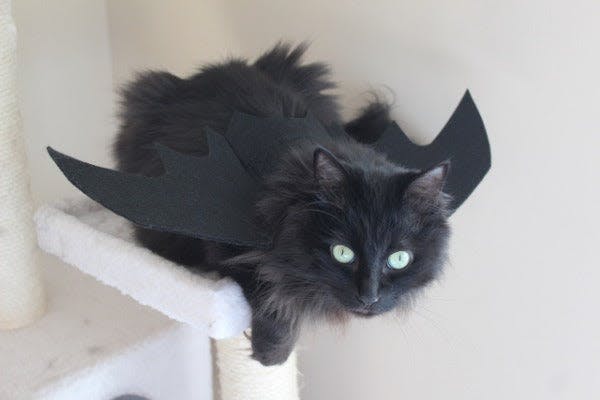
Basepaws Cat Sophie (photo by Kerri)
The Ancient Egyptians believed that all cats were the symbols of luck, wealth and strength. They highly worshipped and respected felines and protected them by law. It is from the Egyptians that the myth of cats having nine lives originated. They gifted the animal with nine lives because of its admirable ability to land on their feet without being harmed.
2. The genetics of the elegant black coat is meowgical
Brown, chocolate, cinnamon and similar coat colors are products of the feline primary gene for coat color which comes in three alleles: B/b/b1. This gene codes for eumelanin pigment. Dominant allele B codes for black color, b for chocolate and b1 for cinnamon. The intensity and pattern of these colors depends on the other genes involved in formulating the final feline phenotype.
Interestingly, an important amino acid required for the production of eumelanin is tyrosine. Sometimes, due to the deficiency of this amino acid, your cat’s beautiful black fur may start "rusting" over time to dark rustic tones (Anderson et al, 2002). Although rarer, the deficiency of the mineral copper may also lead to this rusting phenomenon. This is because copper is required for the transformation of tyrosine to eumelanin.
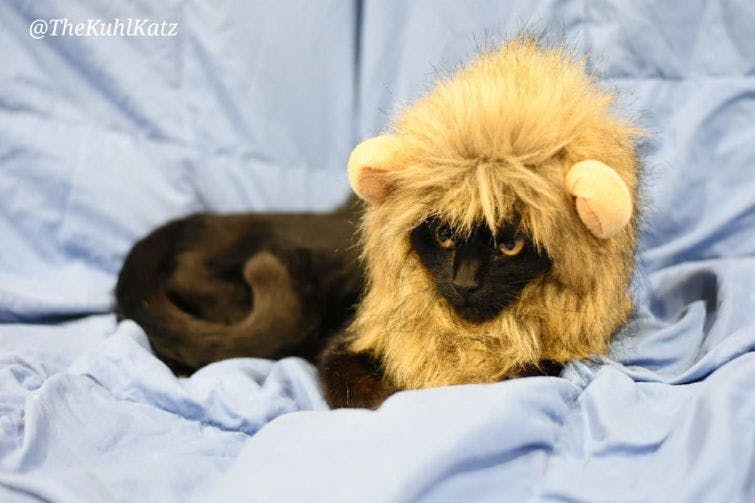
Basepaws cat Jonathan (photo by Ashleigh)
3. Dark coat coloration may be an evolutionary advantage
A 2003 study by Eduardo Eizirik, an evolutionary geneticist at the US National Cancer Institute in Maryland, emphasizes that there must be at least four independent genetic origins for melanism in the cat family. The recurrent evolution of the trait and its preservation in the feline population indicate its potential adaptive importance (Eizirik et al, 2003).
A 2015 study by Schneider supports the claim by demonstrating that "some black cats are black not by chance, but by selection for a mutation that provides increased fitness" (Schneider et al, 2015). Read more about this fantastic feature of black cats in our piece about Feline Melanism: Adaptive and Evolutionary Significance.
4. There are many cat breeds that disguise in black
While the elegant black coat is common among domestic cats, did you know that there are at least 22 cat breeds recognized by Cat Fanciers’ Association (CFA) that can dress in black too? Yep! We have recently gathered all 22 of them in one place in efforts to celebrate their elegance and glossiness! Did you know them all?
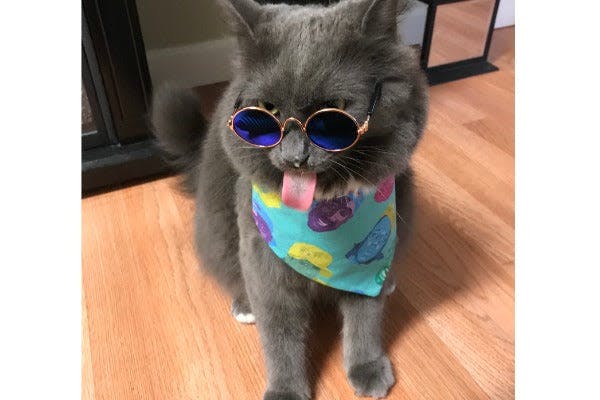
Basepaws cat Shadow (picture by Nina)
5. They deservingly have their very own Appreciation Day
Black Cat Appreciation Day is a special day of the year, marked every August 17th. It was launched in efforts to raise awareness about black cats and debunk countless misconceptions about these fantastic pets. On this day, cat enthusiasts mark their fight against the evil superstitions about black cats by spreading awareness and showing to people that these fantastic cats can make just as purrfect and kind of a life companion as any other pet.
6. Many are famous and successful stars
It’s no wonder that these elegant animals make for some of the most breathtaking historical icons, TV stars and internet sensations. Some of the most famous black kitties are:
1. Sylvester from Looney Tunes. Sylvester is the "tuxedo" kitty memorable for his endless chases after Tweety the bird. He appeared in 103 cartoons and won 3 Academy Awards! This makes him the most successful Looney Tunes character.
2. Felix the Cat. Felix is a famous star from the era of silent film. The popular tuxedo cat used for the cat food advertising was supposedly named after no other Felix than this one.
3. Salem from Sabrina the Teenage Witch. Salem, the witty, smart black cat, was the true start of the popular comedy show from the late 90's. He truly lent a fair share of humor to the show.
4. Figaro from Pinocchio. Figaro, most famous for his appearance in Pinocchio, is said to have purrfectly showcased what cute and affectionate pets black cats can be. He also starred in 3 of his own cartoons and a Mickey Mouse film.
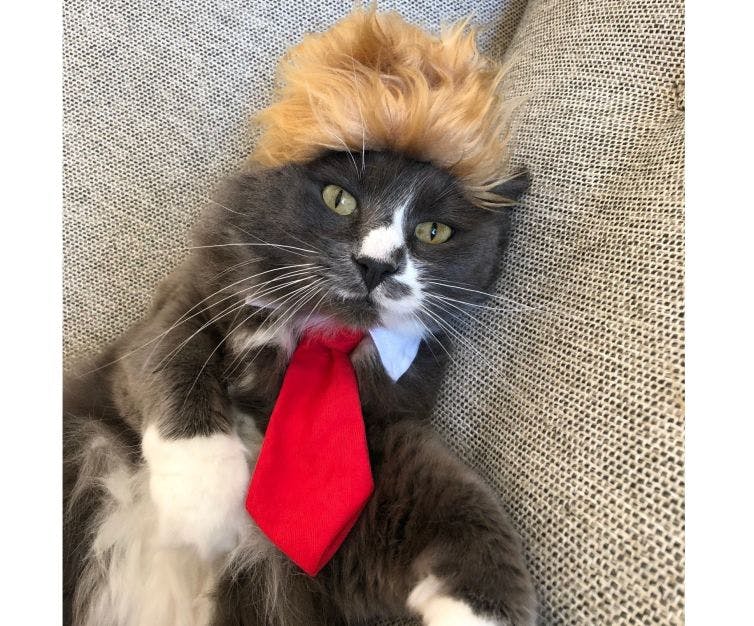
Basepaws cat Simon (photo by Mark)
Our hearts are filled with love and affection for all the cats in all colors and shapes. We hereby wish you a very cheerful, safe and spooky Halloween! What are your plans for the "scariest" night of the year?
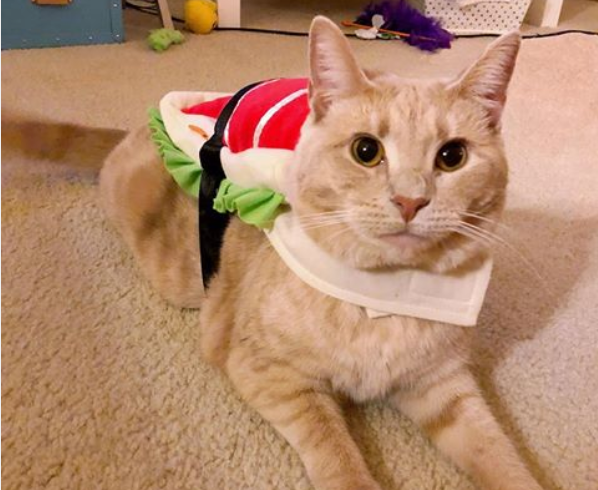
Basepaws cat Charlotte (photo by Ashleigh); Also featured in the head photo
Sources and further reading:
1. Anderson PJB, Quinton RR, Morris JG. (2002) Cats Require More Dietary Phenylalanine or Tyrosine for Melanin Deposition in Hair than for Maximal Growth. Nutritional Sciences: 2037-2042
2. Eizirik E, Yuhki N, Johnson WE, Menotty-Raymond M, Hannah SS, O'Brien SJ (2003). Molecular Genetics and Evolution of Melanism in the Cat Family. Current Biology 13: 448-453.
3. Schneider A, Henegar C, Day K, Absher D, et al (2015). Recurrent Evolution of Melanism in South American Felids. PLOS Genetics 11(4): e1005126
